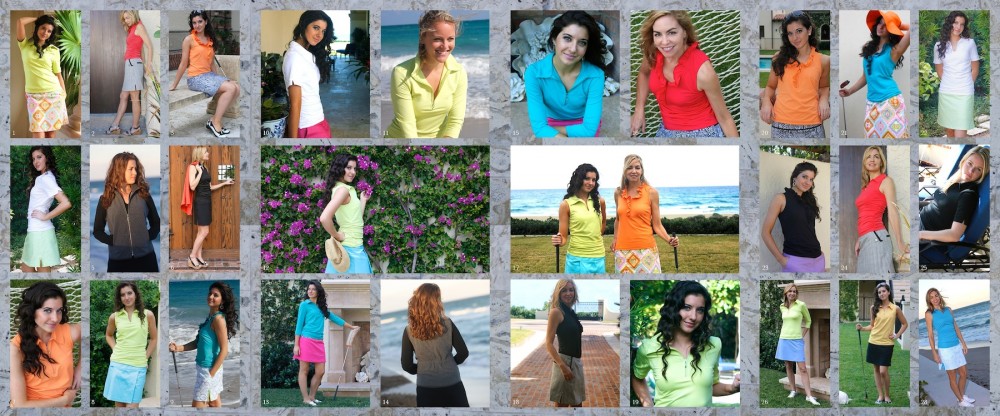Golf is a great game to play just for fun, but sometimes a little competition is in order. No matter your skill level, competitive play tests your game and can lead to some great improvements. Here are a few ideas to get you going, whether it’s competing with friends or flying solo.
- Challenge yourself on the golf course even when playing alone. Keep track of how many fairways and greens you hit. Track these numbers each time you go out and play to see how you are improving.
- Choose your favorite putting drill. Set a goal and achieve it before you leave the course that day. For example, try to make 10 4-footers in a row.
- Find friends. Gather up some of your pals or check with your local golf course to see if others are seeking golf partners. Make it even more fun by making a friendly wager. See who hits the most greens, hits the longest drives or putts with the fewest strokes. Ever heard of Bingo Bango Bongo? Give it a try.
- Local or statewide competitions are great options for intermediate skill levels. Many states have great organizations, such as the FWSGA (Florida Women’s State Golf Association) or the IGF (Indiana Golf Foundation).
- National organizations are great for more advanced players. Take a look at the USGA, PGA Jr. Series, and the AJGA that host tournaments all over the country.
What about you? Do you have any fun ways of seeking competition?


